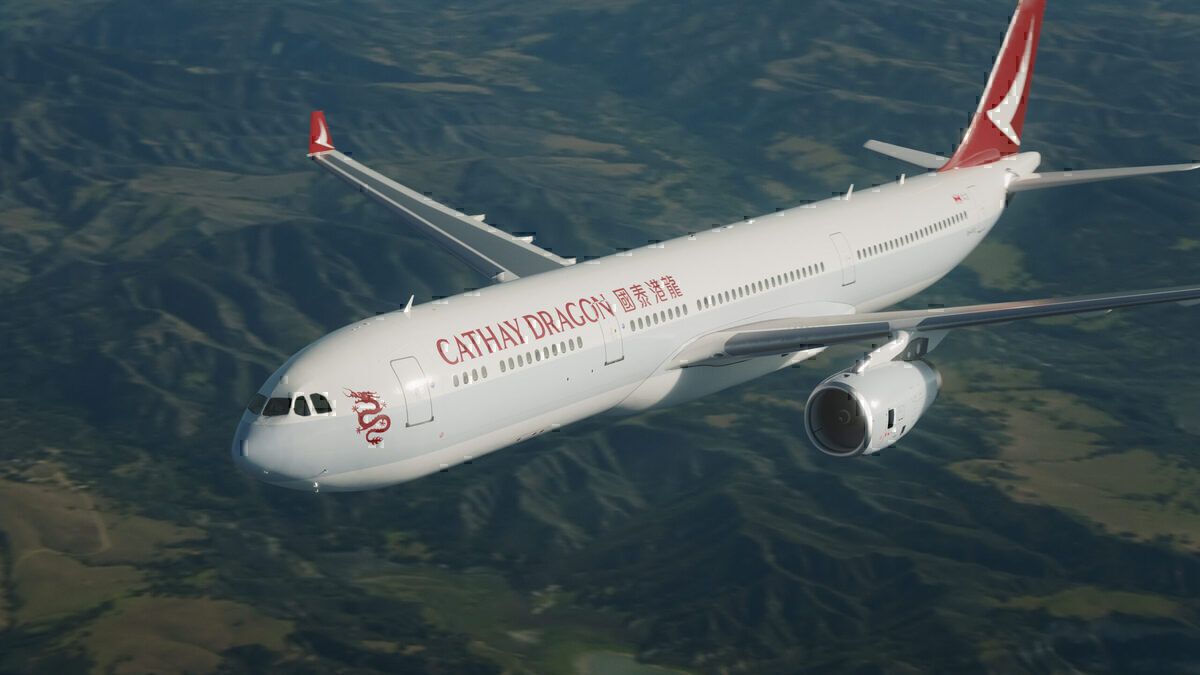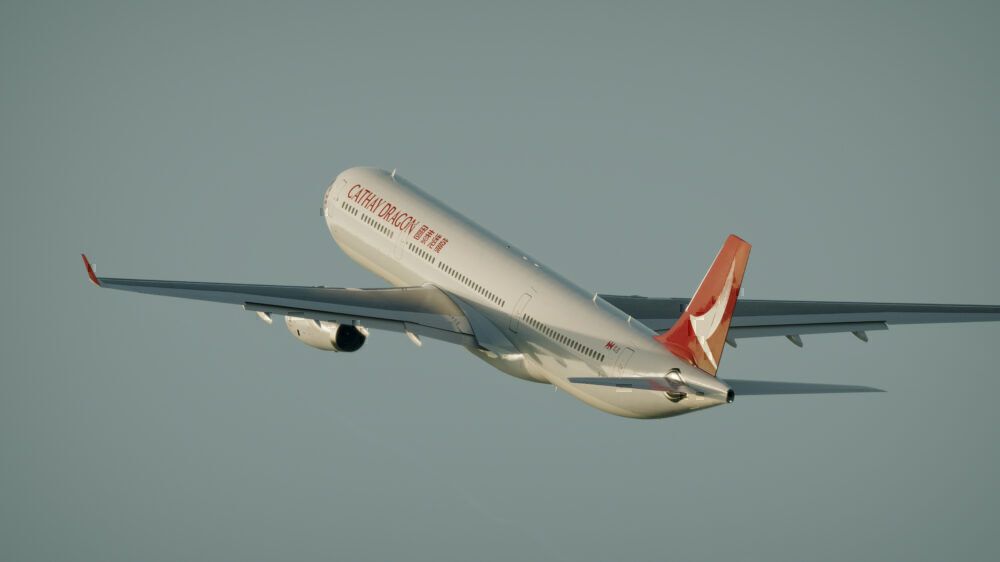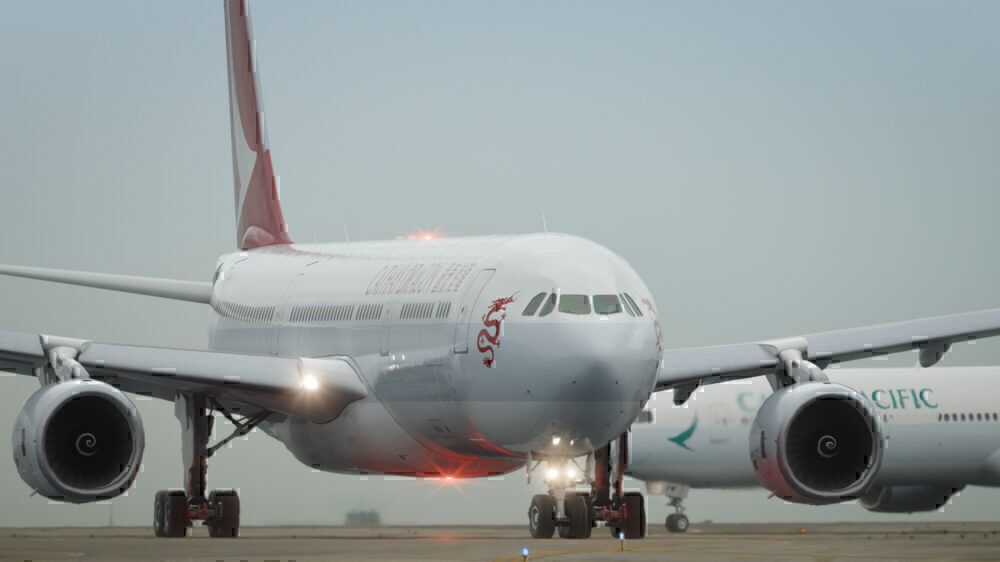After prolonged speculation, Cathay Pacific has confirmed it is closing down its regional airline, Cathay Dragon. Most, but not all, of Cathay Dragon's routes will be folded into Cathay Pacific and HK Express operations. This will begin taking place immediately. Thousands of jobs will go in Hong Kong as the parent company scrambles to salvage the Cathay Pacific brand and stay in the air.
Speculation confirmed as Cathay Dragon folds
Simple Flying's Tom Boon flagged the likelihood of Cathay Dragon folding on Tuesday. He said a variety of factors were putting the Hong Kong-based airline in a very tight spot. In addition to plunging passenger traffic in Hong Kong, there was a broader decline in travel demand around North Asia and emerging competition from new high-speed railways linking Hong Kong with mainland China.
Stay informed: Sign up for our daily aviation news digest.
Cathay Pacific also had to deal with the fallout from an angry Chinese Government following the pro-democracy protests in Hong Kong in 2019. The government was not happy with Cathay Pacific's perceived lack of action in response to their concerns. Subsequently, the Chinese Government threw up some barriers to operating in mainland China.
The closure of Cathay Dragon is part of a deal struck that will minimize job cuts. Cathay Pacific was eyeing up to 8,000 layoffs to cut costs. Instead, it will shutter Cathay Dragon and look to layoff around 6,000 employees (5,000 of which are Hong Kong-based). In addition, a further 2,600 jobs will go as part of natural attrition.
“It’s unnecessary to keep the two brands given the dire financial situation," an airline source told The South China Morning Post.
Cathay Pacific lost US$1.27 billion in the first six months of 2020 and is continuing to burn through over $250 million each month.
Just months ago, Cathay Dragon was looking to launch new products, including a new business class on its A321neos. Now, it's all over.
Cathay Pacific seeks to make changes across the group
Cathay Dragon mainly flew into mainland China and around North Asia. It had a standalone fleet of 38 aircraft, of which 31 were parked. That fleet comprised of 18 Airbus A330-300s, 12 Airbus A320-200s, and eight Airbus A321-200s. While some were leased, the majority appear to be owned by the airline.
Cathay Pacific CEO Augustus Tang said in a statement on Wednesday morning;
"The global pandemic continues to have a devastating impact on aviation, and the hard truth is we must fundamentally restructure the Group to survive."
The announcement came as Cathay Pacific warned it would also seek changes in contract conditions with cabin crew and pilots as it looked to make further long term savings. The decision to close Cathay Dragon and ax around 6,000 employees follows a strategic review that began some time ago.
Meanwhile, Cathay Pacific's passenger numbers remain dramatically down on 2019 levels. The airline does not expect to deploy more than 50% of its fleet next year. While Mr Tang says his priority is to protect as many jobs as possible, he notes the impact the closure of Dragon Express will have, particularly on the thousands of people who will lose their jobs.
"Our immediate priority is to support those affected by today's announcement. We are deeply saddened to part ways with our talented and respected colleagues, and I want to thank them for their hard work, achievements, and dedication," he said today.
What do you think? Was the demise of Cathay Dragon entirely predictable? What's the outlook for Cathay Pacific? Post a comment and let us know.



